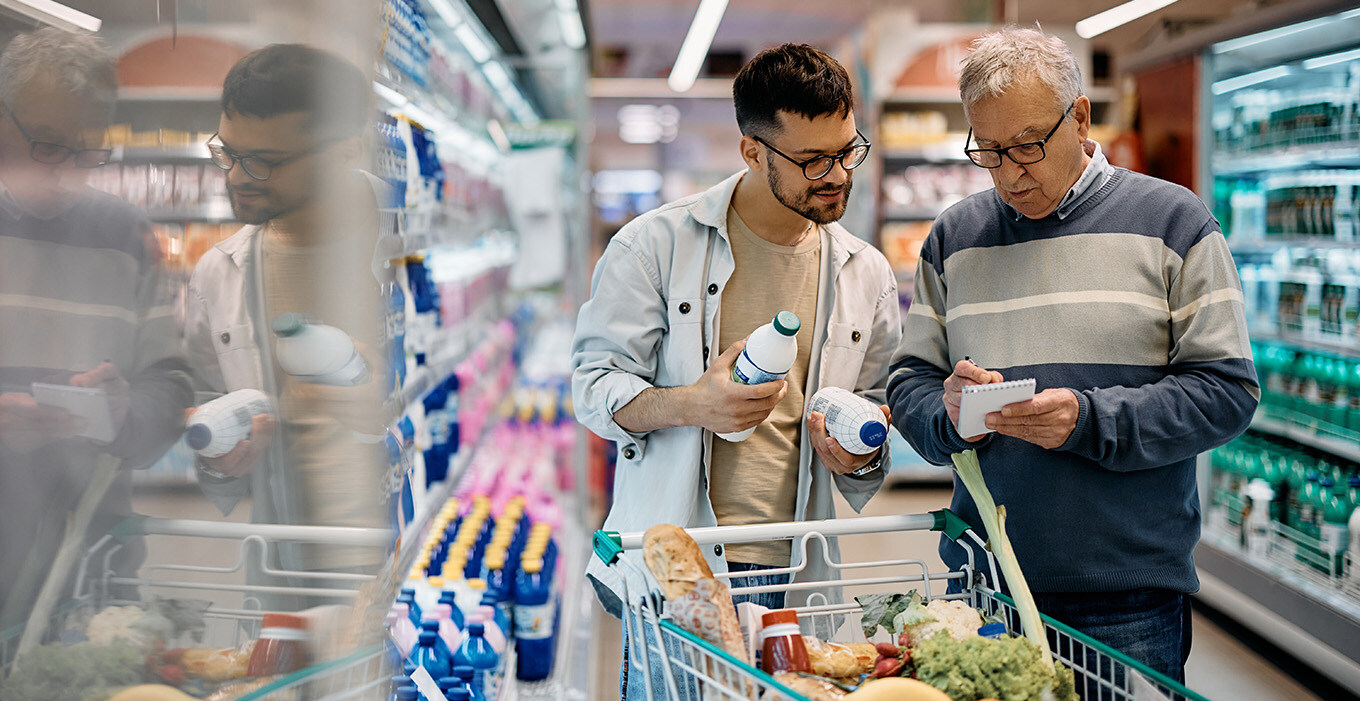Trend Analysis: Your Groceries Are Shrinking

Posted By Allison Logano on April 24, 2024
Inflation has dominated headlines recently. For months, economists have focused on inflation’s movement and effect on the economy. Is it hot? Is it cooling? Where will it go next?
Now, inflation is sharing the spotlight with its cousin: shrinkflation, which describes the practice of companies selling their products for a similar price, but with less weight, volume, or quantity. With shrinkflation, the packaging usually retains its original look, disguising the fact that consumers are now paying the same amount — or, in some cases, even more — for less product.
Business Insider reported on the specifics of shrinkflation. While the changes can be hard to notice on store
shelves, the numbers don’t lie.
Resisting the Reductions
While shrinkflation is not an entirely new phenomenon, the extra attention it’s getting stems from political figures pushing for a new bill to combat the practice. The legislation aims to prevent companies from taking advantage of unsuspecting consumers to pad their bottom lines. Data from the Federal Reserve shows that from 2020 to 2022, corporate profits rose by a whopping 75% — five times the rate of inflation over the same period. The “2024 Shrinkflation Prevention Act” would expand regulatory authority and allow the FTC to pursue civil actions against companies that engage in the practice.
Discussions of the act have caught national attention. Now, even Cookie Monster is getting in on the debate:
As we noticed with Elmo earlier this year, Sesame Street characters can be powerful portents of the prevailing
cultural moment.
The Vibes Are Off
Shrinkflation is one of the factors contributing to the current “vibecession” — the disconnect between the current state of the economy and consumers' feelings about it. While most measures of the economy continue to improve, factors like shrinkflation and continually rising prices at grocery stores and restaurants are exacerbating shoppers' anxieties. This emotional uncertainty is causing consumers to operate in protective conditions — like “loud budgeting” to save money — despite not necessarily needing to.
And speaking of a disconnect, the CEO of Kellogg’s received some serious flack after recently suggesting that families with strained finances could cope by eating “cereal for dinner.” The lack of support coming from CPG brands only adds to their negative economic outlook.
What’s Next?
As products shrink and prices rise, buyers are feeling the pressure on their wallets and their emotional wellbeing. But so far, we’ve yet to see a brand step up as a consumer advocate. There’s ample opportunity for companies to sacrifice some profit to ease their customers’ concerns, but many are instead responding with strategies that focus only on their own rising costs. (We’re looking at you, Wendy’s, and your now-defunct plans for dynamic menu pricing.)
In the long run, brands must balance how to manage their profits and losses in the face of rising costs, while keeping their consumers top of mind. Even brands outside of the CPG space should take heed of the doom and gloom the public is experiencing right now. Positive, uplifting content and messaging could go a long way.
When the trend is to offer less, your brand can differentiate by putting your customers first. Want a partner in navigating these business decisions? We can help.

Allison Logano
Allison Logano is a Vice President at Tier One, where she leads media relations and thought leadership strategy for clients. She’s spent more than 11 years marketing global consumer brands including Amazon and National Geographic, educational nonprofits such as PBS KIDS, and innovative financial services companies including Ally Financial. A lifelong competitive athlete, she’s motivated by camaraderie and collaboration to bring awareness to brands who are truly making a difference. Prior to a career in PR, Allison spent a year with the State of Rhode Island Lottery, calling the winning numbers live on TV.

